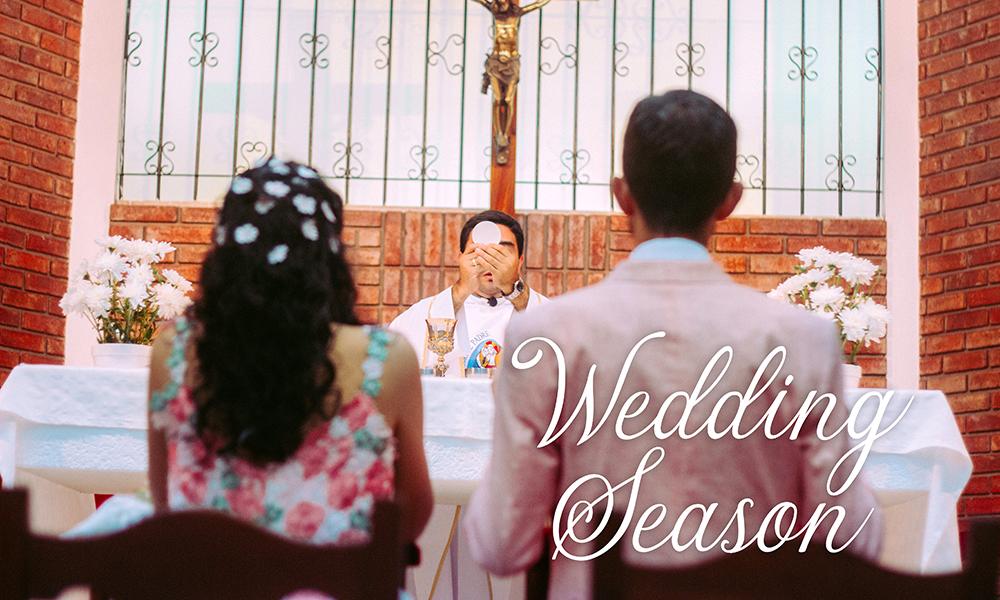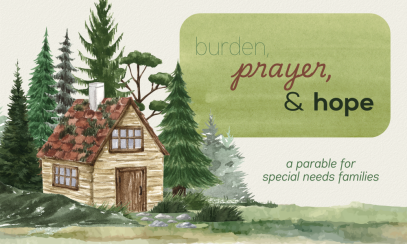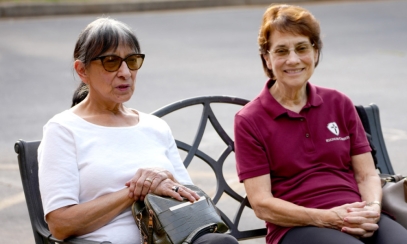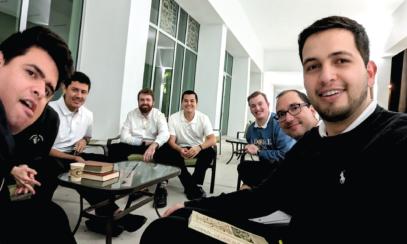
The Holy Spirit Binds the Spouses Together
As the pandemic subsides and life in our communities begins to return to normal, wedding celebrations are resuming. During the coming months you are likely to be invited to someone’s nuptials. Weddings are happy moments in which our senses feast on the style and colors of the clothes, the flowers, the food, the music, and of course, the nuptial rite: the exchange of the promises. All of this is wonderful. What many people do not realize is that in a Catholic wedding, there is much more taking place than what our senses perceive.
A Catholic wedding is a sacrament — a ritual through which God touches our life and transforms it. A sacrament is also a moment in which the whole Church, the Communion of Saints, worship together and give glory to God. But to be fully aware of what happens during a Catholic wedding we need to see this ritual through the eyes of our faith.
I want to invite you to come along with me as I narrate what I imagine while I attend a Catholic wedding.
The rite begins with a call to prayer by the priest or deacon officiating who says: “In the name of the Father, and of the Son and of the Holy Spirit.” Those words are like a trumpet blast across the cosmos calling all the angels and saints to join us in this joyful event. A multitude of angels gather in the church, with Mary and the saints smiling at the couple preparing to make their vows. Among these are also their relatives who are in heaven.
This gathering of spiritual beings is followed by the appearance of the Trinity: Father, Son and Holy Spirit, who stand behind the officiant, ready to participate in this solemn moment. I imagine that the Son, Jesus Christ, is there with his bride, the Church.
During the opening prayer the presider, acting for Christ, introduces the couple to God and prays: “O God … join, we pray, in a bond of inseparable love these your servants who are to be united in the covenant of Marriage.”
The rite continues with readings from the Scripture, and with exhortations on the significance of the spousal commitment. After that, the officiant asks the couple three important questions:
- Are you free to marry?
- Are you prepared to love each other as long as you both shall live?
- Are you prepared to accept children from God?
Then we come to what everyone has been waiting for: the wedding promises. As the bride and the groom face each other preparing to proclaim their commitment, I see the Holy Spirit moving close to them. The groom first, then the bride, recite their vows (to paraphrase): “I take you to be my spouse, I promise to be faithful to you, in good times and in bad, in sickness and in health, to love you and honor you all the days of my life.”
The U.S. Catholic Bishops’ pastoral letter “Marriage: Love and Life in the Divine Plan” tell us that during the marriage vows, “The Holy Spirit binds the spouses together in a bond of love and fidelity to death” and the couple is transformed. The letter goes on to explain that transformation: “Their marriage covenant becomes a participation in the unbreakable covenant between Christ the Bridegroom and his Bride, the Church.”
Next, I see Christ moving close to the groom and placing a hand on his shoulder, and the Church, Christ’s bride, moving by the bride and placing her hand on her shoulder. Those four: the bride and the groom, Christ and his bride are now like one. The couple’s life has become intertwined with the life of the Trinity as described in a document of the Second Vatican Council, Gaudium et Spes: “Authentic married love is caught up into divine love, and is directed and enriched by the redemptive power of Christ and the salvific action of the Church” (48).
Prayers are said for the newly married couple; then the bride and groom turn to leave, and everyone claps with joy. Because of the important role that Christ and the Church play in the life of a Catholic couple, I imaging the newlyweds walking out of the church accompanied by Christ and his bride (the whole Christian community). Christ and the Church will stay at their side for the rest of their life, to guide them “in good times and in bad,” and support them as they create a new family, a domestic church, a new cell of the Mystical Body of Christ.
If you were married in the Catholic Church, know that a lot happened at your wedding that you did not see and cameras did not capture, but it was nonetheless real. The sacrament of marriage is a physical and spiritual reality. Your marriage relationship is connected to Christ’s redemptive work.
In the words of Pope Francis, you have become “living icons of God’s love in the world.” To help you succeed in your mission, Christ and the Church sustain you spiritually with the graces of the sacraments, and from what Catechism teaches: Christ dwells with you, gives you the strength to take up your crosses and to follow him, to rise again after you have fallen, to forgive one another, to bear one another’s burdens, to be subject to one another out of reverence for Christ, and to love one another with supernatural, tender and fruitful love (adapted, CCC, 1642).
John Bosio is a former marriage and family therapist, director of religious education, and diocesan family life coordinator. He and his wife Teri are authors of several books on family ministry and marriage.



